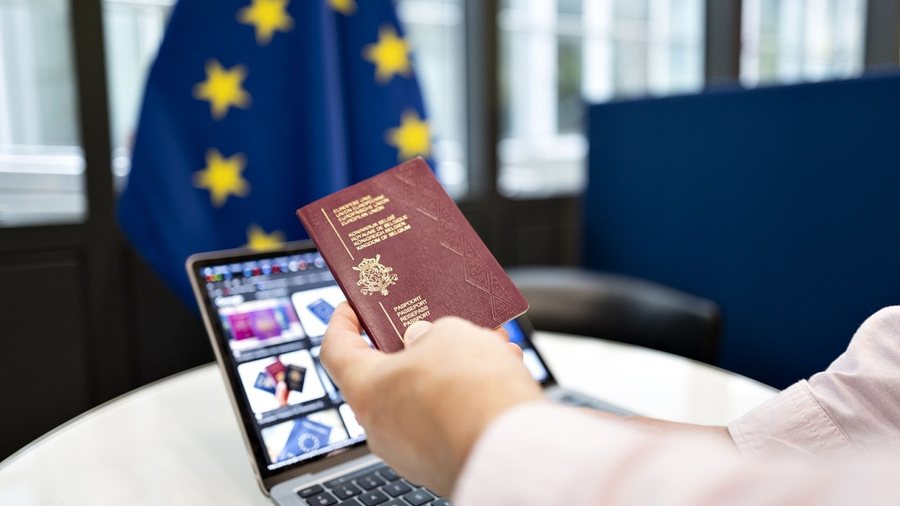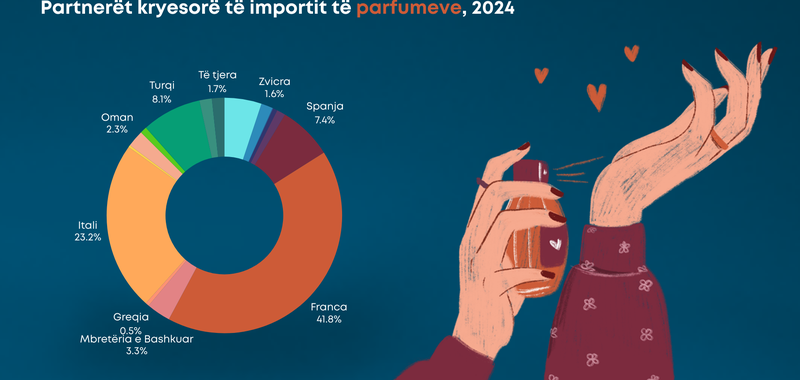After years of delays, the EU decides on the phased launch of the Entry/Exit System in the Schengen area!

European Union countries agreed on Wednesday to finally put into effect the Entry/Exit System (EES), the bloc's automated register for short-stay travellers that has been repeatedly delayed due to technical problems and lack of readiness.
The agreement, reached by interior ministers in Brussels, paves the way for a possible start of operations in the autumn, although no fixed date has been set.
Member States will now have two options: to launch the new system immediately or to launch it in several stages during a six-month transition period. At the end of the transition period, all registrations at border crossing points must be made according to the EES.
The phased approach was not envisaged in the original legislation. However, after a comprehensive meeting in November, it was put forward as a possible alternative to break the long-standing deadlock and implement the long-awaited system.
Poland, the country currently holding the rotating presidency of the Council of the EU, will lead negotiations with the European Parliament for a final agreement on the amended law, which is expected to happen smoothly.
"October is on our horizon," said Tomasz Siemoniak, Poland's Minister of the Interior and Administration, on Wednesday morning. The system "will provide member states' services with completely new tools to control who enters and exits the Schengen Area, for police and border guards. This is an absolutely essential issue."
What is the input/output system?
The EES is a comprehensive reform dating back to 2016 and has been repeatedly delayed. Its main aim is to modernise checks at the EU's external borders and replace the traditional physical stamping of passports.
It will apply to non-EU citizens who come to the bloc for visits, holidays or business trips and stay for a total duration of up to 90 days within a 180-day period.
Once the system is operational, visitors will be required to present their passports upon arrival, along with having their facial photo taken and their fingerprints scanned electronically. All passport-free entries and exits from the Schengen Area will be recorded.
The collection of biometric data and real-time information exchange are intended to help authorities crack down on those who overstay short-term visas and commit identity fraud.
All member states, except Cyprus and Ireland, and the four Schengen countries, Iceland, Liechtenstein, Norway and Switzerland, will participate in the scheme. Passports in Cyprus and Ireland will continue to be stamped manually.

Albania, first in the World Tourism Organization ranking Rama: The destination with the highest increase in the number of tourists in 2024
For 2024, Albania ranks first in terms of the largest increase in the number of tourists. The largest World Tourism Organization, in which UN member states......

50 million euros for geothermal research - Croatia launches exploration to increase energy production
Croatia has launched geothermal energy exploration near six cities, with a total budget of 50 million euros. Geothermal exploration has been included in the......

Voluntary pension assets, 100% in lek - AFSA: Even investment funds have only 10% of their holdings in foreign currency
Most of the investment fund assets are in lek, while those in euro are declining. The latest data from the Financial Supervisory Authority shows that in the......

Albanians paid 73 million euros in wages and rent - The anti-informality action and administrative reform had a major impact
The state budget collected approximately 73 million euros from personal income tax for the month of January, marking a very positive performance compared to......

For every two weddings, one divorce! - 6632 requests filed at the courts for separation
For every two couples who got married last year, another ended up in court to end their marriage. Data from the Ministry of Interior shows that during 2024,......

Millionaires choose Greece Wealthy foreigners attracted by incentives, affordable luxury properties
The Greek property market has recorded significant capital inflows from abroad, as the country is becoming a destination of choice for high-net-worth......

The year starts with more oil and coffee - Reasons/ Why are imports of excise goods increasing significantly?
2025 has begun with a significant increase in fuel consumption, but also other excise goods. During January, 53.2 thousand tons of fuel were imported and......

How much do Albanians spend on perfumes? Last year, about 10 million euros were imported. The United Arab Emirates expands its share
The perfume industry in Albania is experiencing significant growth, with a high demand for fragrances of different brands from different countries. Data on......





















